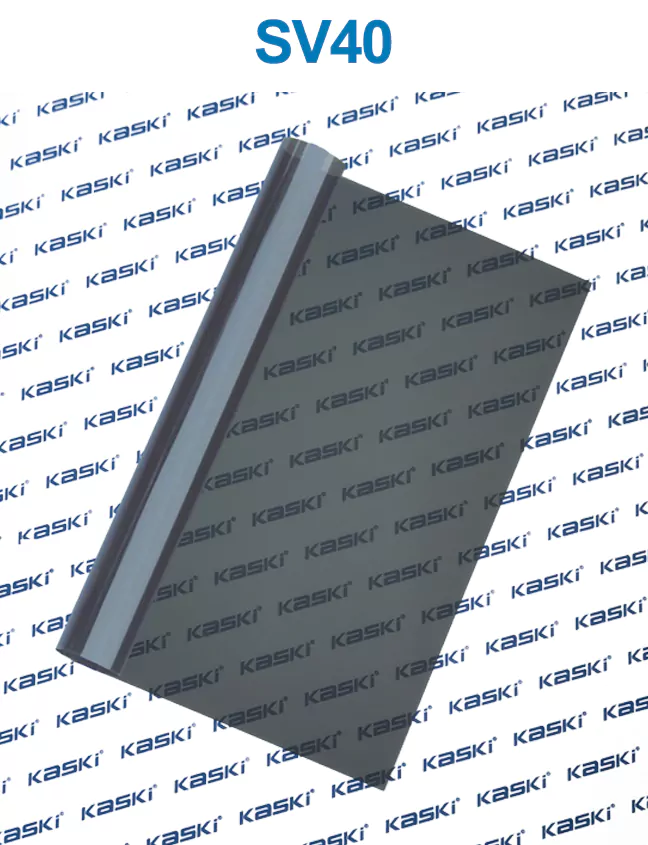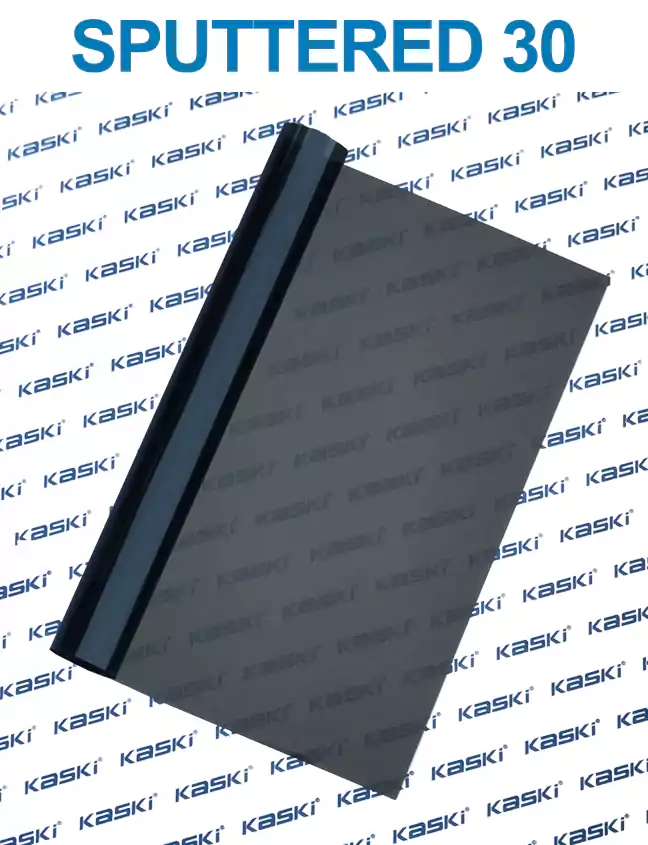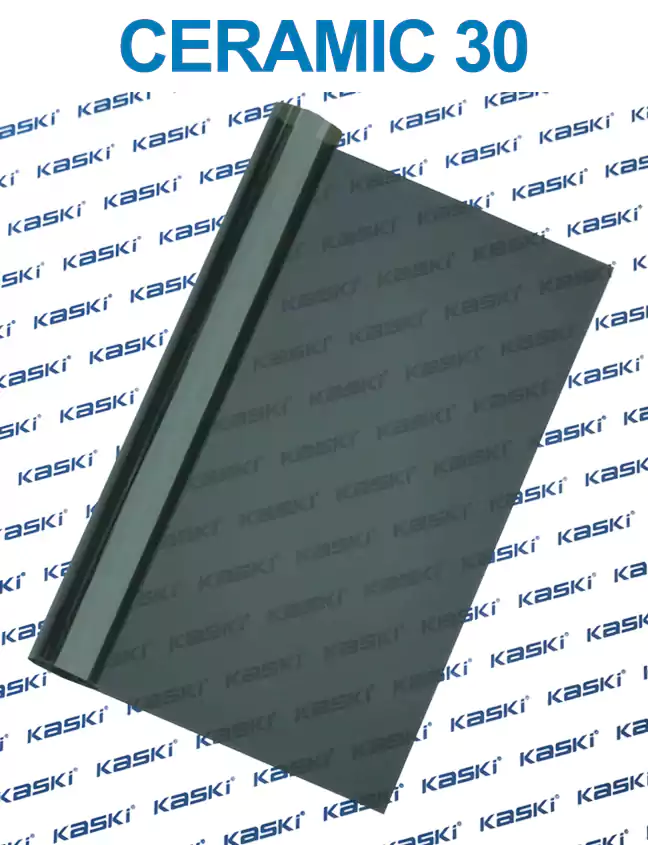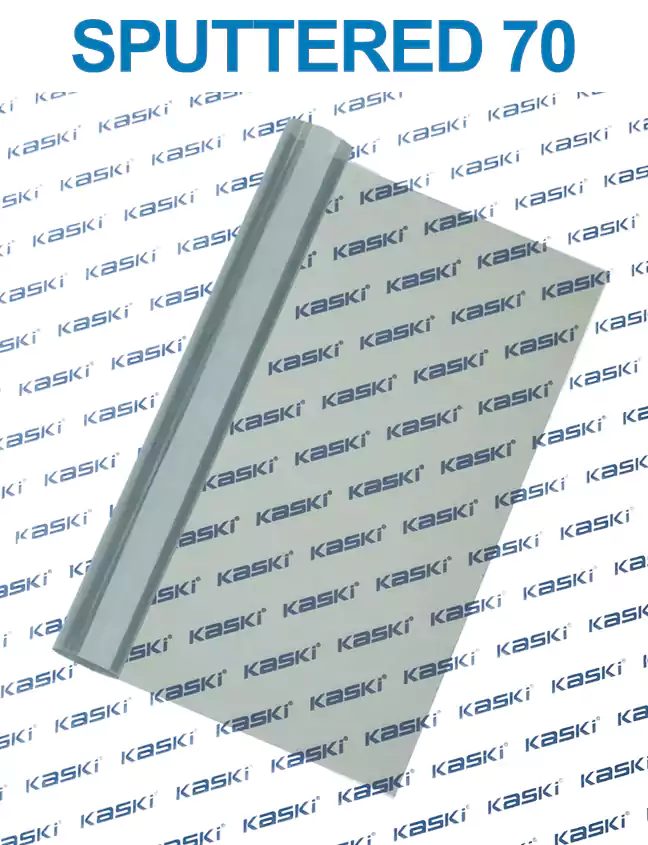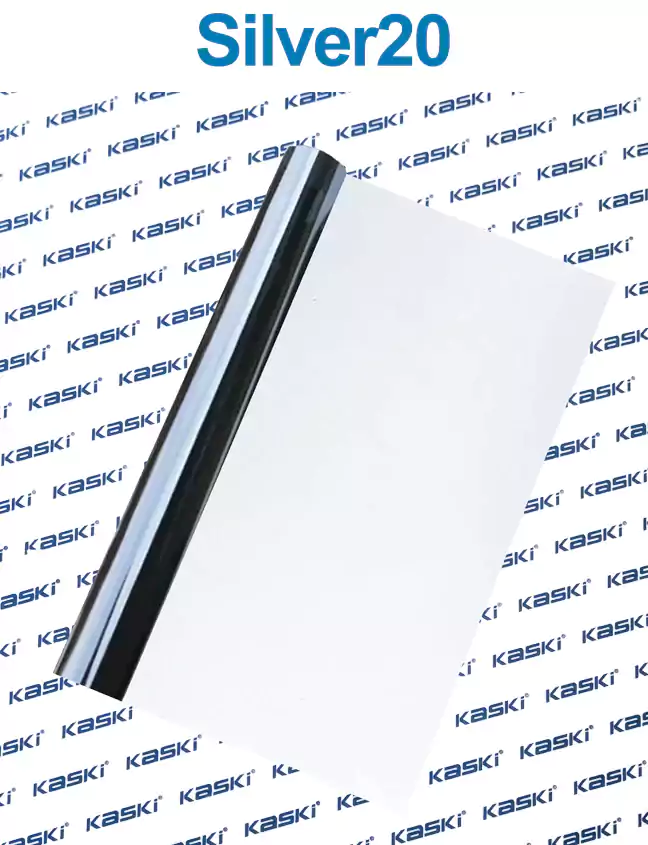Automotive window tinting is a popular and practical solution that offers a wide range of benefits for car owners. From improving energy efficiency to enhancing privacy and protection, this versatile upgrade can transform the driving experience. In this comprehensive guide, we'll explore the principles, advantages, and step-by-step installation of automotive window tinting.
The Principles of automotive window tinting
Window tinting works by applying a thin, transparent film to the car's glass surfaces. This film is designed to block a significant portion of the sun's harmful ultraviolet (UV) rays, reducing the amount of heat and glare that enters the vehicle. The tinting film can be customized to different shades, allowing you to control the level of light and privacy you desire.
The Advantages of heat control window film
1. Improved Energy Efficiency: By blocking the sun's heat, window tinting can significantly reduce the workload on your car's air conditioning system, leading to improved fuel efficiency and lower energy costs.
2. Enhanced Comfort: With less heat and glare entering the vehicle, you and your passengers can enjoy a more comfortable driving experience, especially during the hot summer months.
3. Increased Privacy: Tinted windows provide an added layer of privacy, making it more difficult for outsiders to see into your car, which can be particularly beneficial for families or individuals who value their personal space.
4. Protect Interior Furnishings: The UV-blocking properties of window tinting help preserve the condition of your car's interior, including the dashboard, seats, and any decorative curtains or blinds, by preventing fading and damage caused by direct sunlight.
5. Increased Safety: Certain types of window tinting can enhance the structural integrity of your car's glass, reducing the risk of shattering in the event of an accident.
6. Aesthetic Appeal: Automotive window tinting can enhance the overall appearance of your vehicle, giving it a sleek and modern look that reflects your personal style.
Installation Case Study: Toyota Camry
To illustrate the process of automotive window tinting, let's consider a specific installation case. For this example, we'll focus on a Toyota Camry.
The Toyota Camry is a popular mid-size sedan known for its comfort, reliability, and versatility. When it comes to window tinting, the Camry's side windows, rear glass, and windscreen can all be effectively tinted to achieve the desired level of protection and privacy.
The installation process typically begins with a thorough cleaning of the car's windows to ensure a proper adhesion of the tinting film. The installer will then carefully measure and cut the tinting film to fit each window precisely, ensuring a seamless and professional-looking result.
For the Toyota Camry, the installer may recommend a medium-to-dark tint for the side windows, which can block up to 80% of the sun's rays while still allowing for a clear view of the road. The rear glass may be tinted even darker, blocking up to 95% of the sun's heat and glare, while the windscreen can be treated with a lighter tint to maintain visibility and comply with local regulations.
Testimonials
"I recently had my Toyota Camry's windows tinted, and I couldn't be happier with the results. The car feels so much cooler and more comfortable, even on the hottest days. The tinting also gives my vehicle a sleek, modern look that I really love." - Sarah, Camry owner
"As a busy mom, the window tinting on my Camry has been a game-changer. It's kept the interior of my car from fading and has made it so much easier to keep the kids comfortable during long drives. I highly recommend this upgrade to any Camry owner." - Michael, Camry owner
Conclusion
Automotive window tinting is a versatile and practical upgrade that can enhance your driving experience in numerous ways. By understanding the principles, advantages, and installation process, you can make an informed decision about whether window tinting is the right choice for your Toyota Camry or any other vehicle. With the right tinting solution, you can enjoy improved energy efficiency, increased comfort, and enhanced privacy, all while maintaining the aesthetic appeal of your car.






